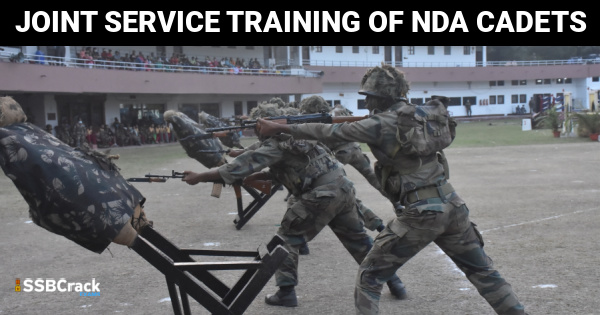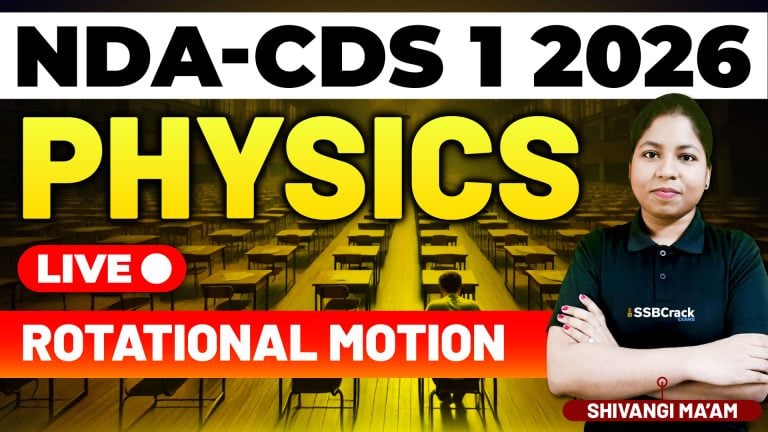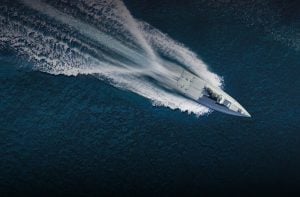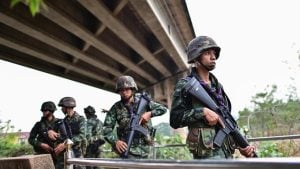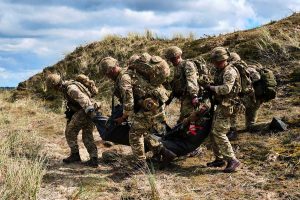The National Defence Academy (NDA) has the unique distinction of being the first institution in the world to impart joint training to officer cadets of the Army, Navy and Air Force. The concept and genesis of NDA date back to the period before Independence and evolved from the lessons learnt from World War II. One of the major lessons learnt during World War II was that the three Services had to be fully integrated and functional as a single strike force in order to be effective in war.
Although mooted by senior British military leaders like Lord Mountbatten and Field Marshal Auchinleck, India’s far-sighted and visionary political leadership of that period gave its full support to the establishment of a tri-service training facility. Consequently, the Government of India appointed a high-powered committee in May 1945 to prepare a scheme for the establishment of a Military Academy, incorporating the best practices of all such institutions world-wide to conduct joint training of the future officers for the Army, Navy and Air Force.
Based on the report submitted by this committee in 1946, the Indian Military Academy located at Dehradun was re-named as the Armed Forces Academy, and split into two wings: the “Inter-Services Wing” (later known as Joint Services Wing) and the “Military Wing”. It was Inter-Services Wing where combined training for the three Services commenced in January 1949. This was subsequently re-located from Dehradun to Khadakwasla and known as the National Defence Academy.
After an extended country-wide reconnaissance for a site, which would provide adequate space and potential for creating training facilities for all the three Services, Khadakwasla was chosen as the new home for the Inter-Services Wing in 1947.
The location had till then been used as a Combined Warfare School for allied troops and was therefore suitable for the purpose. The foundation stone of NDA was laid at Khadakwasla by the then Prime Minister Pandit Jawaharlal Nehru on 06 October 1949 and the herculean task of shifting this institution from Dehradun to Khadakwasla was successfully performed under the able supervision of the then Commandant, Maj Gen E Habibullah. NDA was formally inaugurated by the then Chief Minister of Bombay, Shri Morarji Desai on 16 January 1955. The first Passing Out Parade held at NDA Khadakwasla was reviewed by Pandit Jawaharlal Nehru on 05 June 1955.
In Search Of Joint manship
“The victory in World War II was a triumph for the concept of the complete integration of the three dimensions of war – ground, sea and air, and, the great lesson for the future is the success depends on a complete integration of the Services.”
– (General Douglas MacArthur)
In the post-Kargil scenario, the Kargil Review Committee (KRC) endorsed a scathing indictment of the lack of jointness in our Armed Forces wings. The criticality of joint manship to national security was finally acknowledged and interlinked. NDA took lead in implementing the recommendation of KRC in letter and spirit. As a result, the Joint Training Team was set up in Autumn Term 2007.
Joint training at the National Defence Academy focuses on inter-service cooperation for synchronization of all components of military power to achieve a common military aim. It is characterised by trust and confidence, mutual respect for each other’s capability and healthy competition.
A cadet is welcomed in NDA by JTT through the ‘Orientation Capsule’ of approximately 60 days duration. During the capsule, he is mentally conditioned and physically toughened up to expeditiously adapt to the military way of life. Scientific means are used to condition the body of the cadet in a gradual manner starting with walking/ light jogging and thereafter graduating to upper body exercises, swimming, running and drill etc. During the capsule, all cadets are introduced to the basic nuances of swimming. Mess and social etiquette are taught and strengthened through Dinner and Guest nights.
The common aspects of the three services are covered in the curriculum of joint training. This includes weapon handling, map reading, military law, history and organisation of each service and analysis of military campaigns and operations.
The leadership qualities and personality of a cadet is developed through interactive classroom instructions, debates, public speaking competitions, seminars and interactions with civil institutes and organizations. A cadet, after completion of the training at NDA, is apprehensive of the new challenges that his life in the Finishing Academy beholds for him. The Finishing School Capsule facilitates a smooth transformation of a cadet into an officer by exposing him to the finer aspects of life as an officer and a military leader.
JTT is involved with the grooming of a cadet from the first day till the penultimate day of this training. Ever since inception, efforts have been made to consistently improve him. JTT stands committed toward achieving higher standards of joint training and grooming the future military commanders of the Indian Armed Forces who are fully capable of taking on the higher responsibilities in a joint warfare scenario.
To clear the written exam for NDA is a humongous task and the competition is fierce. Then what should you do to boost your performance in written exams? We all know that this is an excellent time to try new things that technology has brought at your steps such as Online Courses.
Taking NDA Written Online courses will not only give you access to full-length quality lectures but will also provide the facility to take standardized mock tests for comparative study and growth. You can take multiple quizzes after each lesson in order to ensure the full understanding of the subject along with creating your own customized lesson plans. You can check out the course content along with other important specifics at SSBCrack exams. You can also access them through the SSBCrack Exams app available in the google play store.
Jai Hind
